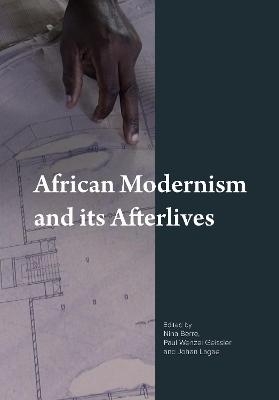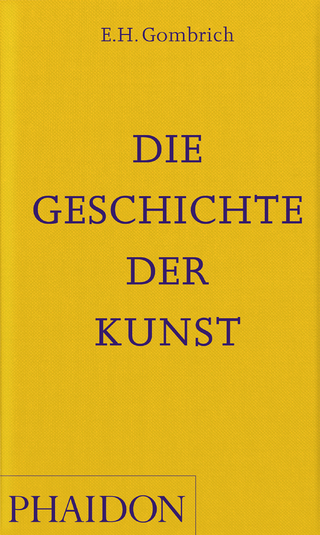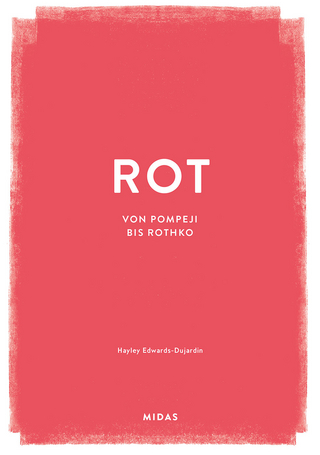
African Modernism and Its Afterlives
Intellect Books (Verlag)
978-1-78938-403-1 (ISBN)
This new book is an edited volume of essays that examine the legacy of architecture in a number of African countries soon after independence. It has its origins in an exhibition and symposium that focused on architecture as an element in Nordic countries’ aid packages to newly independent states, but the expanded breadth of the essays includes work on other countries and architects. Drawing on ethnography, archival research and careful observations of buildings, remains and people, the case studies seek to connect the colonial and postcolonial origins of modernist architecture, the historical processes they underwent, and present use and habitation.
It results from the 2015 seminar and exhibition Forms of Freedom at the National Museum of Art, Architecture and Design in Oslo, Norway. The exhibition showed how modern Scandinavian architecture became an essential component of foreign aid to East Africa in the period 1960–80, and how the ideals of the Nordic welfare system found expression in a number of construction projects. The seminar, which built upon the exhibition as well as on a previous collaboration on the legacies of modernism in Africa between the Department of Anthropology of the University of Oslo and the Department of Architecture and Urban Planning from Ghent University, broadened the geographic scope of the discussion beyond the Scandinavian context, and set the ground for bringing together the disciplines of architectural history and social anthropology.
Primary readership will be among architects and architectural historians, and graduate level architecture and urban studies students, for whom it will be valuable course material, as well as those in fields such as African studies and anthropology. It may also be of interest to those working or researching in public policy and political history.
Paul Wenzel Geissler teaches social anthropology at the University of Oslo. With Lachenal, Manton, Tousignant and other scholars and artists he published Traces of the Future (2016). With Ruth Prince, he is currently studying remains and afterlives of epidemics in East Africa, revisiting their book on AIDS in Kenya, The Land Is Dying (2010). Nina Berre is an architect and architectural historian, and Professor and Head of Institute of Form, theory and history at the Oslo School of Architecture and design. She was director of Architecture at the National Museum of Art, Architecture and design in Norway from 2010 to 2018. Johan Lagae is Full Professor in 20th Century Architectural History at Ghent University. His research focuses on colonial and postcolonial architecture and urbanisation in Central-Africa.
List of Figures
Introduction Recognizing African Modernisms
Paul Wenzel Geissler, Johan Lagae and Nina Berre
PART 1: AFRICAN MODERNISM
Karl Henrik Nøstvik: Remnants of Nordic Aid
Nina Berre
Africa’s ‘Lone Star’: Building ‘New Liberia’ in the Context of Post-war Africa
Iga Perzyna
Countryside Reconstruction in Postcolonial Africa: The Ujamaa Experience
Karl Otto Ellefsen
Technocratic Colonial Housing Policies and Reductive Modernism in Eastlands, Nairobi
Peter Makachia
Transnational Exchanges in Postcolonial Zambia: School Buildings at the Intersection of Architectural, Political and Economic Globalization
Kim De Raedt
Forms of Freedom: Soviet Gifts in Postcolonial Kenya
Ruth Prince
Georg Lippsmeier and His Tropenbau: Salesmanship and Pragmatic Modernism
Antoni Folkers
Israel/Africa: The Laboratories of (Post)colonial Modernity
Haim Yacobi
‘Tout le Congo est un Chantier’: Notes on the Archive of a (Post)colonial Construction Firm
Johan Lagae and Robby Fivez
INTERLUDE
Remnants of Nordic Aid in Africa: The Zambia World Bank Educational Projects
Mette Tronvoll
Remnants of Nordic Aid in Africa: The KICC & Fishery Station by Architect Karl Henrik Nøstvik in Africa
Iwan Baan
PART 2: AFTERLIVES
‘Kenya Grew from Here’: Property and History in a Nairobi Housing Estate
Constance Smith
Grave Reservations: Nigerian Literature and ‘European Reservations’ during Decolonization
Tim Livsey
The Legacy of Nordic Expertise in Postcolonial Housing Schemes in Nairobi
Tom J. C. Anyamba
Privatization and the Reshaping of the Recreational Landscape of the Industrial Zambian Copperbelt
Patience Mususa
The Ruins of Turkana: An Archaeology of Failed Development in Northern Kenya
Samuel F. Derbyshire and Lucas Lowasa
The Brand New Ruins of Public Health: A Tale of Two Buildings, Kinshasa, DRC
Guillaume Lachenal
‘Is This Anthropology Really a Modern Subject?’: Kenyan Students’ Experience of Nairobi’s (Changing) University Architectures
Ida Skjong Grøvik
Laboratory Unbuilt: An Architectural Biography of Postcolonial Science in East Africa
Paul Wenzel Geissler
Epilogue Buildings and People: Interdisciplinarity, Juxtaposition and Experimentation
Paul Wenzel Geissler and Johan Lagae
Notes on Contributors
| Erscheinungsdatum | 18.03.2022 |
|---|---|
| Zusatzinfo | 35 Halftones, color; 132 Halftones, black and white |
| Sprache | englisch |
| Maße | 170 x 244 mm |
| Themenwelt | Kunst / Musik / Theater ► Kunstgeschichte / Kunststile |
| Sozialwissenschaften ► Ethnologie | |
| Sozialwissenschaften ► Soziologie | |
| Technik ► Architektur | |
| ISBN-10 | 1-78938-403-6 / 1789384036 |
| ISBN-13 | 978-1-78938-403-1 / 9781789384031 |
| Zustand | Neuware |
| Informationen gemäß Produktsicherheitsverordnung (GPSR) | |
| Haben Sie eine Frage zum Produkt? |
aus dem Bereich


